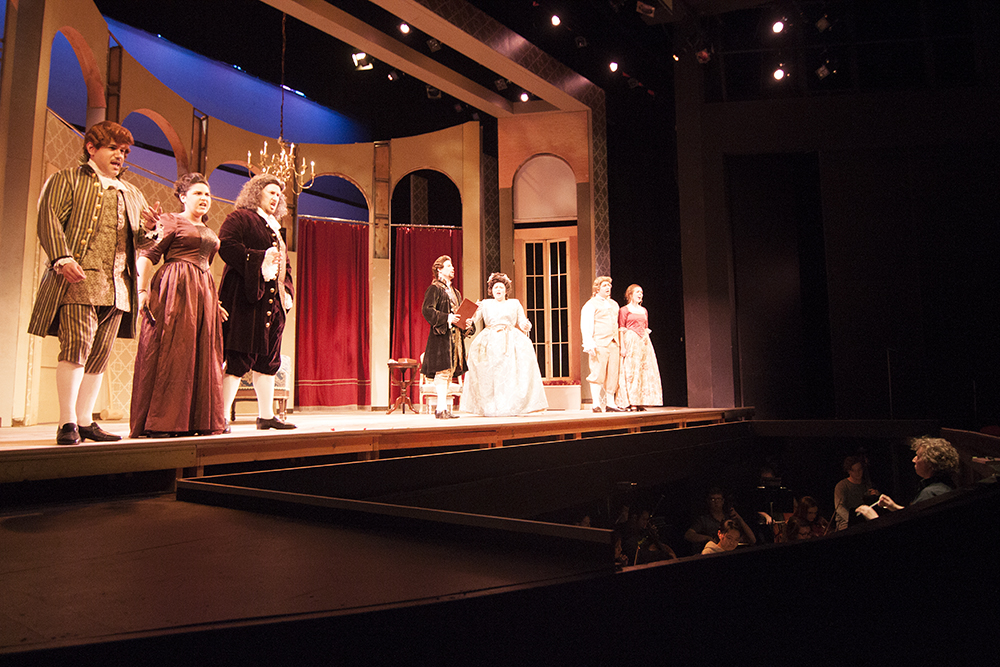The convoluted coils of Michael Knutson
In the window at Blackfish Gallery, located at 420 N.W. 9thAve., is a large photograph of Michael Knutson’s paintings. Linedup, some overlapping each other, they look like they’re ready tohang. The flatness of a photograph unified the spiraling patternsas they fought each other at times and harmonized at others. Itmade you very excited to be stepping inside this show.
Knutson’s work is based on irregular, coiling patterns inpungent colors which expand and contract. Clearly created by hand,they boggle the mind. “How did he do this?” is a questionI heard from one viewer while I was there. The gallerists probablyhear it all day long. The shapes spiral around each other and arestudies in spatial relationships. The colors are intense withoutclaiming the artist a “colorist.” It’s smart andchallenging.
This is the kind of work out to impress – the remnants of atwisted yet analytical mind with a mission and a technique tomatch. You tend to get involved with the process as opposed to the
These pieces were demanding to make and it shows. The paint isthick and comes off labored, even though we are hardly looking atan Expressionist work. But then again, maybe we are. The handpainted shapes, held together loose and tight at once, vaguelyremind me of David Bomberg and other artists of Vorticism, anEnglish art movement. The other obvious forefather is Op Art, butto just apply labels is lazy, especially as the work doesn’t neatlyfit into any of them.
At a group show at the Marylhurst Art Gym a few years back,Knutson gave a statement regarding his work:
“The paintings test my tolerance for centeredness andcontainment, and challenge my long-held belief that modernistbrushstrokes must be expressive (Ab-Ex) or at least emphatic(Stella et al).”
In a town where illustration and representational art stillreign supreme (I do not buy the idea, parodied inPortlandartnews.com, that PDX is all fashionable andcool-abstraction hungry now. Not! ), I am thankful for this artistand his work, clearly on a path of its own. The goal of movingbeyond long held beliefs on what kinds of techniques make whatkinds of paintings is a big job. This sort of mind chatter may befor the artist or critic alone and hardly a topic for the casualobserver. This means most of us are just left alone with thepaintings, and in this case that’s more than enough.



